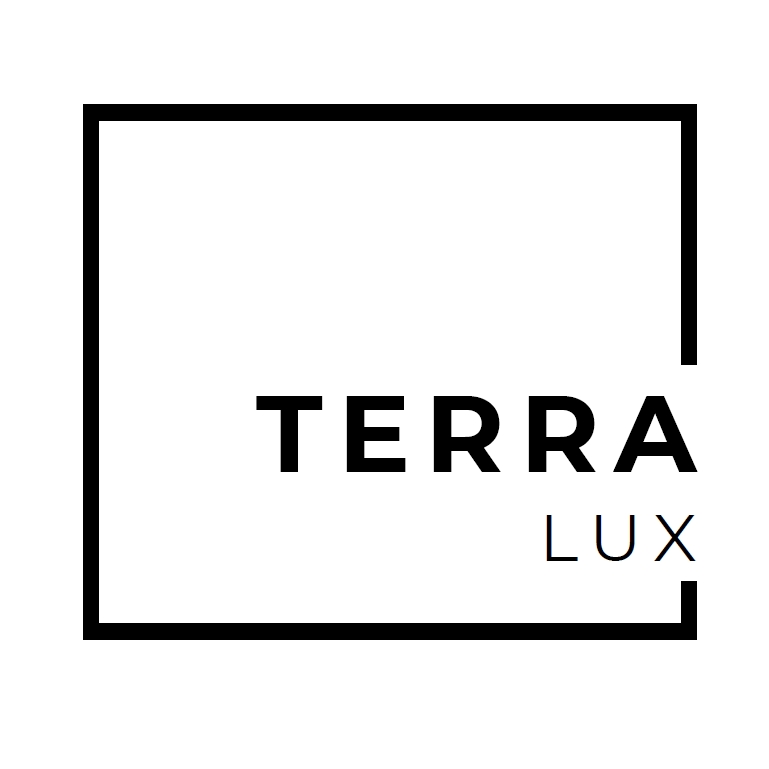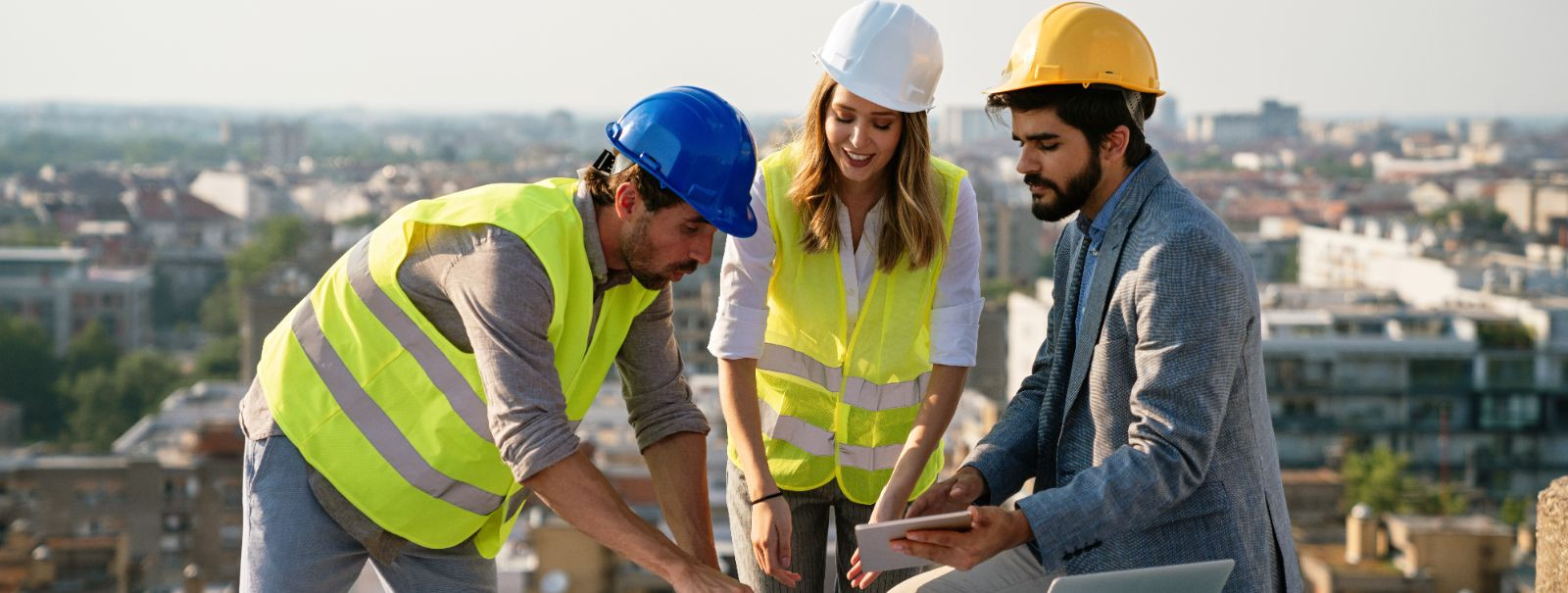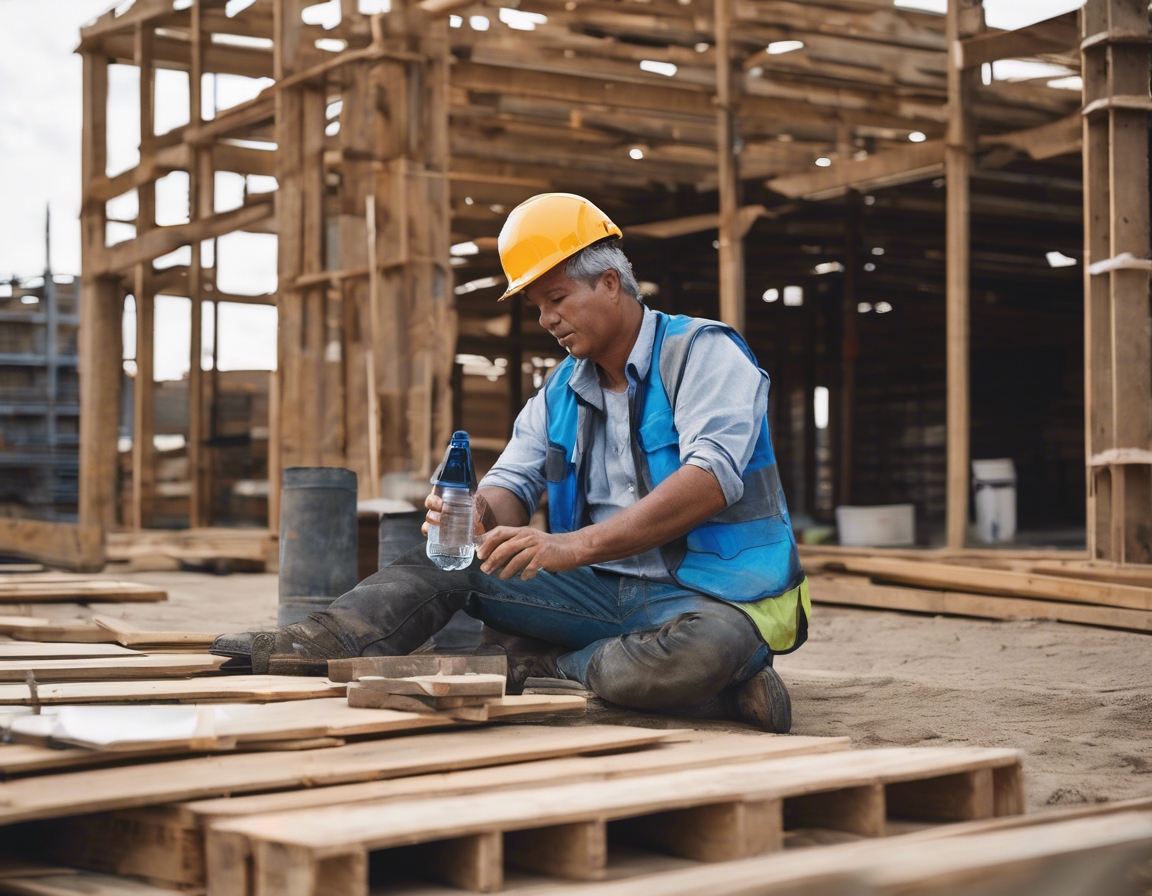Innovative building techniques for modern homes
As the demand for sustainable and efficient living spaces grows, innovative building techniques have become essential in modern home construction. These techniques not only focus on reducing environmental impact but also enhance the quality and longevity of homes. In this article, we explore some of the most groundbreaking methods shaping the future of residential architecture.
2. Sustainable Building Materials
Using recycled and reclaimed materials is a cornerstone of sustainable construction. These materials reduce waste and lower the carbon footprint of new homes. From reclaimed wood to recycled metal, these resources offer unique aesthetic qualities and durability.
Bamboo and engineered timber are gaining popularity due to their rapid renewability and strength. Bamboo grows quickly and can be harvested sustainably, while engineered timber offers enhanced structural capabilities, making them ideal for modern construction.
3. Energy-Efficient Design
Passive solar design involves orienting a building to maximize natural light and heat from the sun, reducing the need for artificial heating and lighting. This technique not only cuts energy costs but also creates a more comfortable living environment.
Integrating smart home technology allows homeowners to monitor and control energy usage efficiently. From smart thermostats to automated lighting systems, these technologies contribute significantly to energy conservation.
4. Modular and Prefabricated Construction
Modular homes are constructed off-site in sections and then assembled on location. This method reduces construction time and waste, offering a cost-effective and flexible solution for modern housing needs.
Prefabrication is particularly advantageous in urban areas where space and time are limited. It allows for efficient use of resources and minimizes disruption to the surrounding environment during construction.
5. Advanced Insulation Techniques
Spray foam insulation provides superior thermal resistance and air sealing, enhancing energy efficiency. It expands to fill gaps, ensuring a tight building envelope that reduces energy loss.
Vacuum insulation panels offer high thermal resistance in a thin profile, making them ideal for space-constrained areas. They are increasingly used in modern homes to achieve superior insulation without compromising design.
6. Green Roofing and Living Walls
Green roofs provide insulation, reduce stormwater runoff, and improve air quality. They also offer aesthetic benefits and can be used to create urban gardens, enhancing biodiversity in city environments.
Living walls, or vertical gardens, are an innovative way to incorporate greenery into urban homes. They improve air quality, provide insulation, and add a unique visual element to modern architecture.
7. Water Conservation Systems
Rainwater harvesting systems collect and store rainwater for non-potable uses, such as irrigation and toilet flushing. This reduces demand on municipal water supplies and promotes sustainable water management.
Greywater recycling involves reusing water from sinks, showers, and washing machines for irrigation and other non-potable purposes. This system significantly reduces water waste and supports sustainable living practices.






Comments (0)